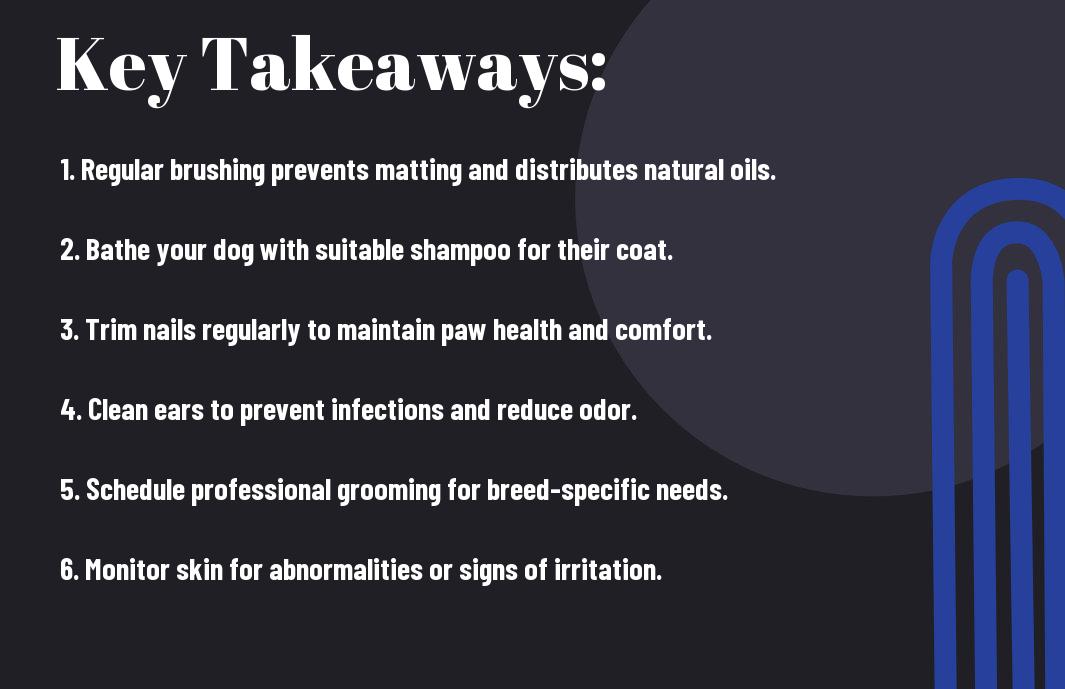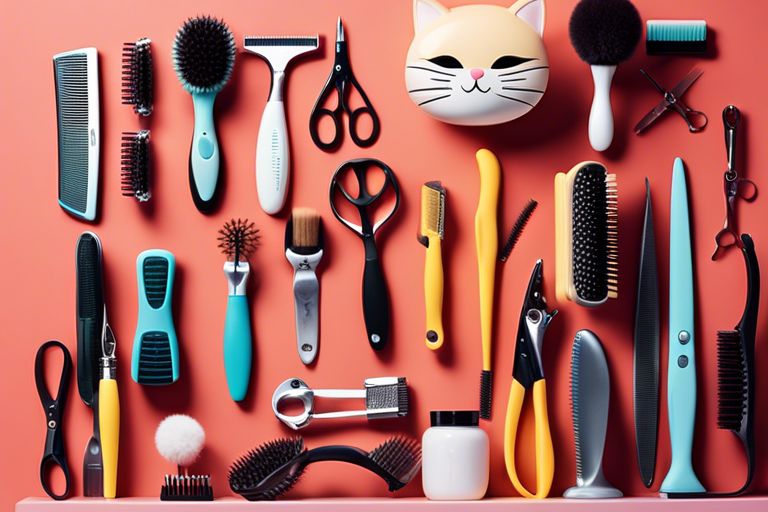Ultimate cat grooming is necessary for keeping your furry friend happy and healthy. Regular grooming not only helps keep your cat’s coat clean and free of mats, but it also helps prevent skin problems and promotes bonding between you and your pet. Whether you have a long-haired cat that requires daily grooming or a short-haired cat that only needs occasional brushing, here is the ultimate guide to cat grooming to keep your feline looking and feeling their best.
The first step in ultimate cat grooming is getting the right tools. This includes a cat brush or comb suitable for your cat’s coat type, nail clippers, cat-friendly shampoo, and a towel or hairdryer for drying. It’s also important to establish a grooming routine early on with your cat, so they become accustomed to being groomed regularly. Start with short grooming sessions and gradually increase the time as your cat becomes more comfortable.
When grooming your cat, start by brushing or combing their coat to remove any loose fur and prevent mats from forming. Be gentle and patient, especially if your cat is not used to being groomed. Pay extra attention to areas that are prone to matting, such as behind the ears, under the armpits, and around the tail. If you encounter any mats, try to carefully loosen them with your fingers or a mat comb to prevent discomfort for your cat.
In addition to brushing, it’s important to trim your cat’s nails regularly to prevent them from becoming overgrown and causing discomfort or injury. Use cat-specific nail clippers and only trim the tips of the nails to avoid cutting the quick. If you’re unsure how to trim your cat’s nails, ask your veterinarian or a professional groomer for guidance.
Bathing your cat is another important aspect of grooming, especially if they have a tendency to get dirty or greasy. Use a gentle cat shampoo and lather it into their coat, being careful to avoid their eyes and ears. Rinse thoroughly to remove all traces of shampoo, and gently towel dry or use a hairdryer on a low setting to dry your cat’s fur. Some cats may not enjoy baths, so be patient and give them plenty of treats and praise to make the experience more positive.
Lastly, don’t forget to check your cat’s ears, eyes, and teeth as part of their grooming routine. Clean their ears with a damp cotton ball, wipe away any discharge from their eyes, and brush their teeth regularly to prevent dental issues. If you notice any abnormalities during grooming, such as lumps, bumps, or changes in your cat’s behavior, consult your veterinarian for further evaluation.
By following the ultimate guide to cat grooming and establishing a regular grooming routine, you can help keep your cat looking and feeling their best for years to come.











